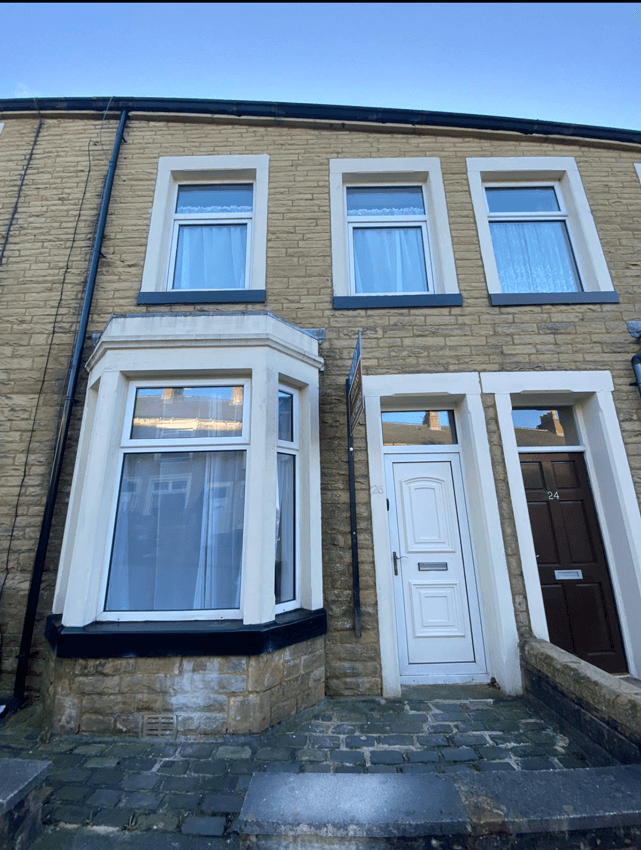If you’ve got this far, you already know the merits of becoming a landlord: with the right property, you’ll be able to charge more rent per month than your mortgage costs you. This means that you gain equity in your home, and you should have a tidy amount left over per month for any repairs, invest in other property, or simply as an income.
So, we know the merits of becoming a landlord, but what’s the best investment strategy: HMOs or buy-to-lets?
HMOs stands for “Houses in Multiple Occupation” and The Office for National Statistics define an HMO as a house or flatshare with three or more tenants who share cooking facilities and a living, sitting, or dining area.
The key benefit to an HMO, and it’s something a standard buy-to-let can’t offer, is multiple revenue streams from a single home. And while one of those single income streams won’t fetch you as much as buy-to-lets, HMOs can quickly lead to increased profits if you have multiple rooms filled up.
It’s also an important factor that your investment wouldn’t depend on that single revenue stream. For example, in accommodation that has three of the four bedrooms filled up, it’s less of a concern filling up the room because you have the other three rooms paying. Taking away that dependency on a single revenue stream can also mean less risk.
Of course, one key element to keep in mind is your potential tenants. For example, if you have a home or apartments in a city centre like Liverpool, Manchester, or Birmingham, those sorts of properties might lend themselves better as HMOs as your key tenants will typically be young business professionals or students. In fact, SpareRoom point to the consistent popularity of HMOs – with 33% of those polled stating that they’d always shared an apartment or home.
So Why Isn’t Every Property Investor Looking at HMOs?


Well, many do. But many also acknowledge that with this kind of property comes increased responsibility. If you’re looking for a quick win, buy-to-lets are your best bet.
For example, you’ll probably need to refurbish the property and make sure it’s ready to function as an HMO. You’ll also have to deal with your tenants on a monthly basis. Then there’s the admin side – the HMO licensing, advertising the property, the appropriate planning, and more.
In short, there’s little doubt that per property, buy-to-lets are outshone by HMOs, but there’s an increased time cost with an HMO. If you have few properties in your portfolio, HMOs will probably be the best bet to maximise your income. If you’ve got a broad portfolio, buy-to-lets can still be lucrative, but without the time demands of HMOs.
In these cases, people often pick a side. Ultimately, if you have the potential to do both, a portfolio with a balance of HMOs and buy-to-lets could be the best option for you.







